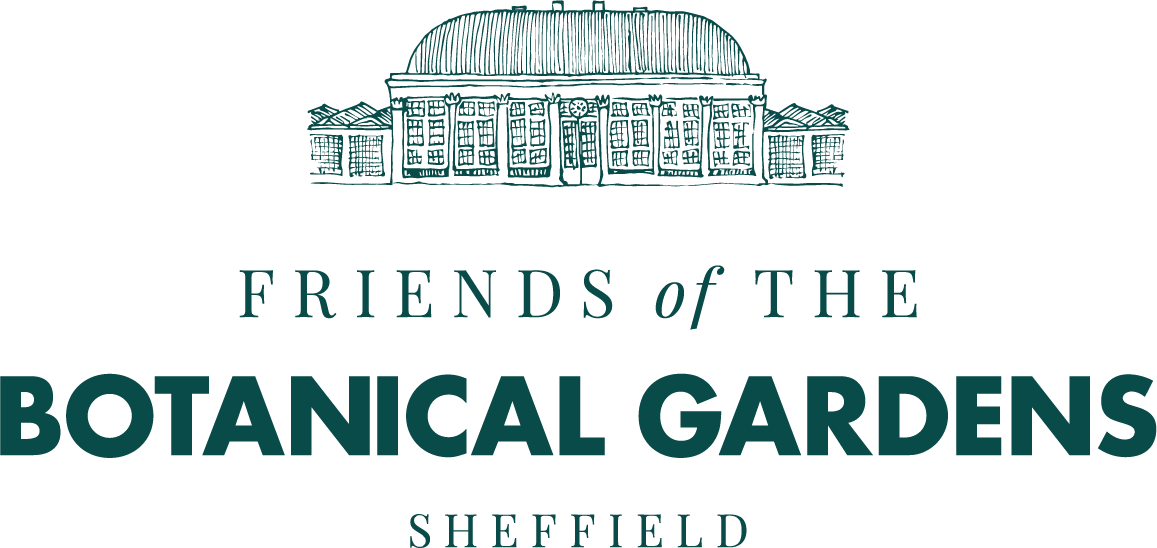Plant of the month
Each month we showcase a plant from the gardens.
Oemleria cerasiformis
April is one of the most floriferous times in the Gardens with gorgeous camellias, magnolias, cherries and rhododendrons coming into blossom, but added to their beauty is a quietly elegant shrub that possibly goes unnoticed most of the year.
Acacia baileyana
Only a few of the 500 different Australian wattle trees are hardy enough to survive in the UK. The most commonly seen is Acacia dealbata, the mimosa used by florists. Rather more tender, A. baileyana is considered suitable for milder areas only. However, this beautiful little tree grows happily at the entrance to the Dorothy Fox Education Centre.
Sycopsis sinensis
It is always a delight to find a rare and unusual plant in flower, and a botanical garden is the place to find one. Sycopsis sinensis is a large evergreen shrub or small tree on the left as you enter the path to the bear pit.
Garrya elliptica
An eye-catching sight in winter is the handsome shrub Garrya elliptica, or silk-tassel bush, draped in flowers. These male catkins, up to 8 inches long, comprise lots of little flowers that, on close inspection, are creamy with pink markings and yellow anthers but overall appear silvery grey.
Jasminum nudiflorum
Jasminum nudiflorum, the Winter jasmine, was much admired by the Victorians when it was first introduced to Britain from China in 1844. This is probably because they knew a good plant when they saw one.
Hesperantha coccinea 'Major'
From slender stems, the clear scarlet, cup-shaped flowers of Hesperantha coccinea 'Major' emerge throughout autumn and early winter, catching the eye in the mixed borders above the fountain.
Nerine bowdenii
Nerines are South African bulbs from the East Cape Province and the Drakensberg Mountains, growing on cliffs and rocks. Although there are many species, it is only Nerine bowdenii that is reliably hardy, and only when some consideration is given to the siting when planting.
Eucomis bicolor
If you have not already found the amazing South African bed in Osborn’s Field (Area J) you really should head there to enjoy the interesting and colourful collection of flowering plants from the different habitats of that country.
Aesculus parviflora
Originating from the woodlands of Georgia, Alabama and the south-eastern states of the USA, the Bottlebrush Buckeye, Aesculus parviflora, can easily be missed.
Echium candicans
E. candicans from Madeira (common name Pride of Madeira), a subshrub in the borage family, is flowering dramatically in the Mediterranean Climate Garden (Area L) for the first time.
Beschorneria yuccoides
The Beschorneria yuccoides was planted in 2002 as part of the Gardens' Restoration. Originating from Mexico,
Doryanthes excelsa
Even before the (Covid-19) closure of the Pavilions, few visitors to the Australian section would have noticed the extraordinary sight of the gymea lily in bloom - because the large cluster of bright red tubular flowers grows atop a 20 ft stem!
Melianthus major
The Gardens are full of wonderful blooms at this time of year, but one unusual plant that stands out, particularly because it comes from the Mediterranean climate region of South Africa, is the Melianthus major.
Echinopsis
Many botanical treasures may be found in the Glass Pavilions, including the spectacular cacti collection in the West Ridge and Furrow walkway. One of the most impressive cacti seen is a very large Echinopsis.
Magnolia doltsopa
The heavenly scent of the beautiful flowers of this stunning plant will be noticed before you come upon it in the east ridge and furrow Pavilion, the Asian and Himalayan section. These multi-petalled, pure white flowers develop in the leaf axils along the stems over many weeks, from buds covered in copper coloured, velvety hairs.
Betula utilis var. jacquemontii
Jacquemont's birch has a presence year round on the lawn of the Rock and Water Garden (Area H), its gleaming white bark visible from all around. B. utilis, Himalayan birch, was found by Nathaniel Wallich, Director of the Botanic Gardens of Calcutta, in the early 19th century, and introduced by Hooker in 1849.
Fuchsia 'Mrs Popple'
This may be considered a most unusual choice for Plant of the Month in December, but the group of Fuchsia 'Mrs Popple' greeting you as you come through the Grand Entrance is still looking really good and brightens up the dull, damp, winter days.
Cornus 'Norman Hadden'
Cornus 'Norman Hadden' provides a stunning display of beautiful flower bracts, thickly layered along the branches from May to July. They slowly change from white to various shades of deep pink.



















